Description and characteristics of the Golubka currant variety, planting and care
Currant Dove was bred by breeders from the Research Institute of Siberian Horticulture. The crop gives an early harvest and has excellent winter hardiness. This variety belongs to the self-fertile category and is characterized by excellent taste. Therefore, it is popular with many gardeners.
Characteristic
Dove is a typical black currant. In appearance, it resembles other varieties of this plant. The main differences lie in the taste characteristics.
Bush appearance
The description of the culture includes the following features:
- The leaves are medium in size and have a dark green tint.
- The flowers are pale pink and the buds are red.
- The culture is characterized by black bloom berries. They are the same size and ripen almost simultaneously. At the same time, the variety cannot be attributed to dessert, since the berries have a sour taste.
All about flowering and fruiting
The plant blooms from May to June. During this period, red buds are formed on the bushes, which later turn into pale pink flowers. After the end of flowering, clusters with 7-8 berries are formed on the plant.
The dove is considered an early ripening variety, so you can harvest at the end of June and in the first half of July. Up to 2.5 kilograms of fruit can be obtained from each bush. The berry mass ranges from 0.7 to 1.8 grams. A characteristic feature of this variety is a large amount of vitamin C.
The fruits ripen almost simultaneously. Moreover, they can hang on the bush for a long time and can be easily removed. Black currant contains 3.9% acids and 7.5% sugar.
Experts give the variety not very high scores for taste. The berries are sour or sweet and sour. Therefore, they are often sent for processing.
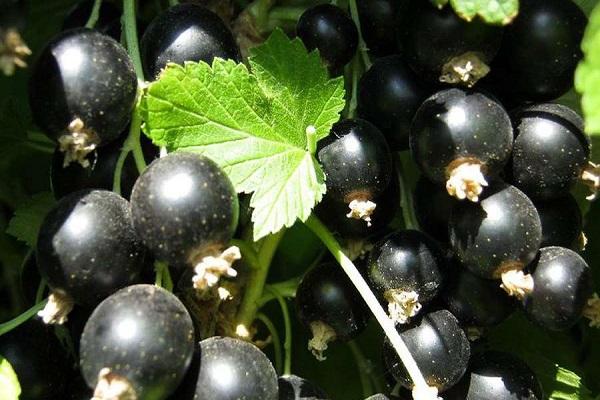
Harvesting and storage
A number of criteria affect the timing of harvesting:
- landing time;
- features of the growing season;
- the duration of blooming flowers;
- maturity;
- the purpose of the fruit.
To assess the ripeness of berries, you need to pay attention to the shade of the peel. At the same time, black currants do not tend to overripe. It keeps well on the bush. Harvesting after watering or rain is not recommended.
For storing currants, you need to use boxes or trays. Place the berries in small layers to avoid damage. It is not recommended to store currants for a long time. It needs to be processed 2-3 weeks after harvest.
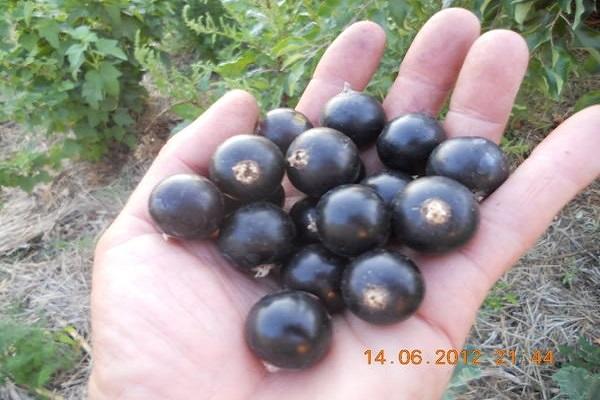
Where are currant fruits used?
Black currant berries are consumed fresh. They are also used to make juice, compote or decoction. Drinks based on the fruits of this plant help to cope with vitamin deficiency and improve metabolic processes. They can also be used for diseases of the digestive organs and to increase hemoglobin levels.
The leaves can be used as a decoction. They produce a diuretic effect, dilate blood vessels and increase overall tone. Berries can be added to baked goods. Frozen fruits can be stored all winter and used to strengthen the immune system.
Disease and pest resistance
The currant of this variety is distinguished by excellent resistance to the main fungal diseases. However, she often suffers from powdery mildew. Also, the plant often infects the bud mite, which weakens the immune system and significantly reduces the yield.
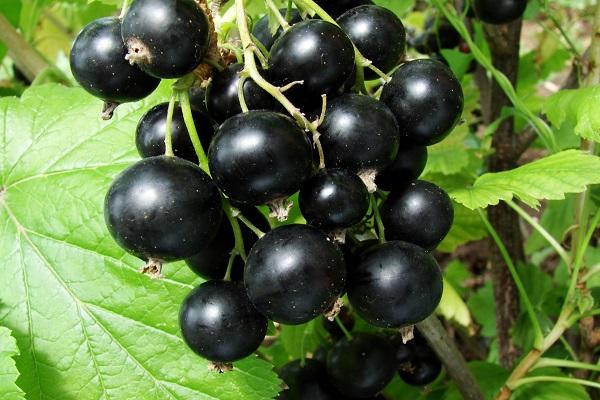
Resistance to frost and drought
The variety has medium frost resistance. It easily tolerates frosts down to -35 degrees. At lower temperatures in the region, the plant should be covered.
In windy and dry weather, the plant needs systematic watering. It is better to perform this manipulation in the evening, which will provide better moisture to the roots.
Features of the variety: pros and cons
The Golubka variety has many benefits. These include:
- high yield parameters - up to 6-8 kilograms can be harvested from one bush per season;
- good taste;
- long fruiting period;
- self-fertility;
- average frost resistance;
- high resistance to fungal infections;
- unpretentious care.
The disadvantages include the need to perform preventive treatments to protect against pests. Also, not all people like the sour taste of fruits.

Landing technology
To get a good harvest, you should strictly follow the recommendations of experienced gardeners.
Seat selection
Bushes are allowed to plant loosely and more densely. In the first case, the spacing between plants is 1.5 meters, in the second - 70 centimeters. The closer the bushes are, the faster they bear fruit. However, with this method of planting, they live less and give a more modest harvest.
The culture is considered moisture-loving and shade-tolerant. However, the plant has a hard time tolerating severe shading and marshy ground. Therefore, it is recommended to give preference to well-lit areas that are protected from the sun. An excellent solution would be humid places located in lowlands.
As for the type of soil, it is worth giving preference to light fertile loam. Currants of this variety have difficulty taking up heavy soil.
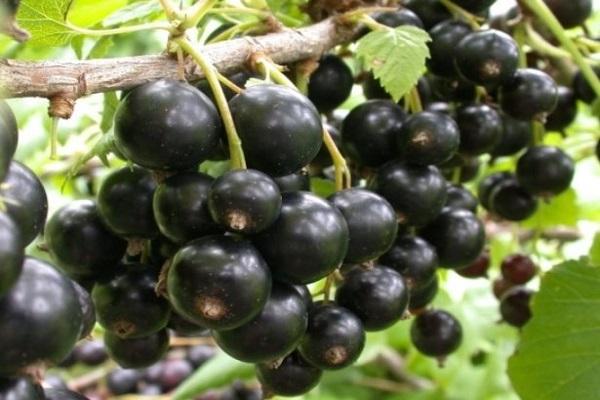
Terms of planting works
Saplings that have open roots can be planted in fall or spring. Moreover, the first option is considered more preferable. In the Middle Lane, planting work can be carried out in early October. In the south, currants are planted a little later, in the north - a little earlier.
During the winter, the soil around the young bushes will become denser and settle. After that, the plants will develop more actively in the spring and take root more easily. If you plan to use container plants, there are no restrictions on the timing of planting.
Preparing the garden bed and planting pit
To begin with, the land on the site must be leveled. There should be no indentations on it. It is recommended to dig up the soil on a shovel bayonet, get rid of weed roots. Pits should be prepared in advance or right before planting.
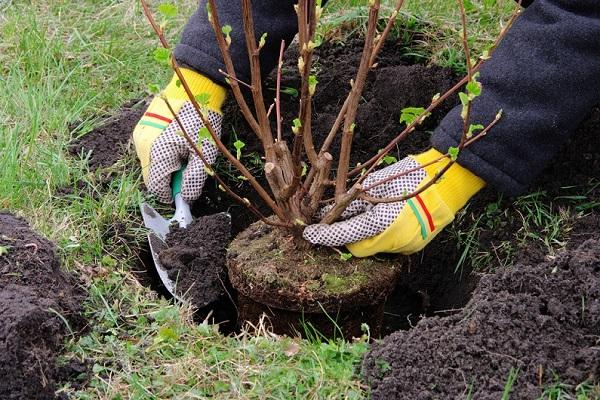
The planting hole should be 50-60 centimeters in diameter. Deepen the hole by 35-40 centimeters. After preparing the deepening, it is recommended to fill it by 3/4 with fertile soil and fertilizers.
Sapling selection
It is worth purchasing seedlings in nurseries or specialized stores. One- or two-year-old bushes take root faster. Older plants are difficult to root and may not yield crops.
It is important to ensure that the roots do not dry out. When transporting the plant, wrap it in a damp cloth. If there is any suspicion of the weakness of the bush or the presence of diseases, it is better to refuse the purchase.
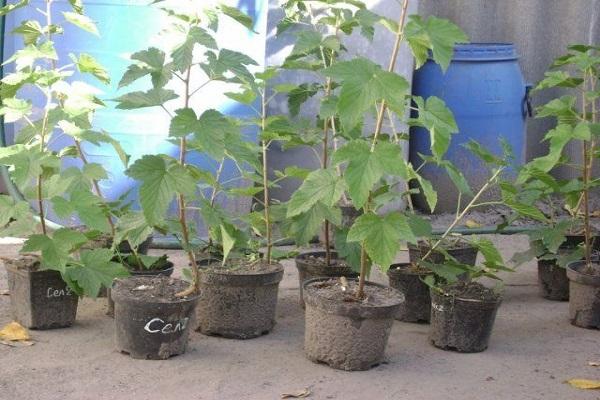
Step-by-step instructions for planting a seedling
Affected and dried roots must be shortened, and the seedling deepened 8 centimeters above the root collar. Deepening allows the formation of basal buds. A multi-stem shrub will subsequently grow from them.
Before filling the hole, you need to pour half a bucket of water into it. The same amount is added to the annular well after planting. After that, it is recommended to loosen it and mulch with peat.
We organize competent care of the bush
To get a viable plant, it is recommended to provide full care for it.
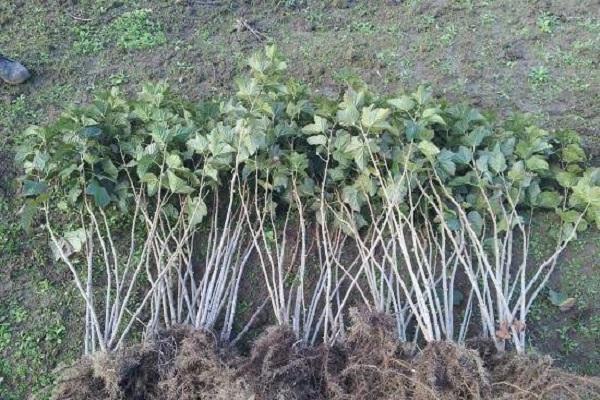
Watering
It is worth watering the plant in the evenings. This will help keep the roots well hydrated. An adult bush will require 1.5-2 buckets of water. There should be no liquid stagnation in the central part. It penetrates the stem gaps and freezes in winter. This negatively affects the yield.
Top dressing
The plant requires systematic feeding. With the rapid growth of the culture, it is necessary to introduce mineral and organic fertilizers. In early April, it is worth making nitrogen fertilizing, in October - products containing phosphorus and calcium.
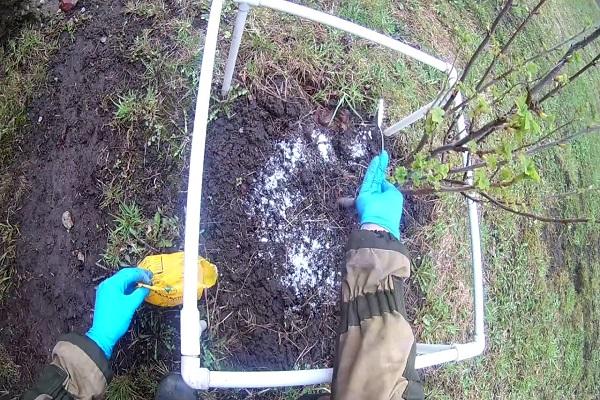
Pruning
You need to trim the crop in April. If the branches are pointing inward, they must be removed. Otherwise, there is a risk of reduced yield. After stopping the development of basal shoots, 5 branches should be shortened by a third. In the absence of effect, the weakest shoots are cut off.
Soil loosening
The soil under the crop should always remain loose. Therefore, the plant should be systematically loosened. In spring, it is recommended to mulch the land with moss or peat.
Shelter for the winter
In severe frosts, currants should be covered. For this, branches and trunks are wrapped with rope. It is recommended to place them fairly close. The bush should be bent to the ground and wrapped. Cover with a wooden box on top. It is also permissible to use an old blanket or spruce branches.
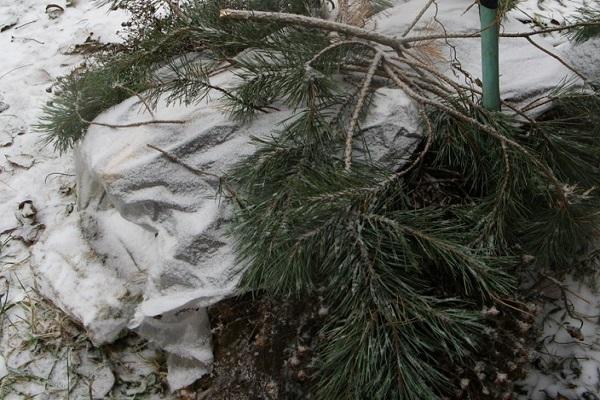
Diseases and pests: treatment and preventive measures
Usually such currants suffer from powdery mildew. This disease is caused by the development of a fungal infection and is accompanied by the appearance of a white bloom.
In such a situation, you need to spray the plant with copper sulfate. A solution of soda ash is also suitable. It is recommended to process the bush every 10 days. Peat infusion will also help to cope with the problem.
Dove currant is a tasty and fruitful variety. To achieve good results in growing this crop, it is recommended to strictly follow the rules of planting and caring for the plant.
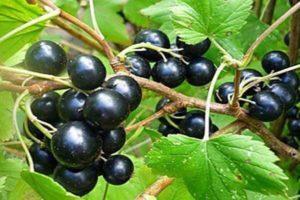
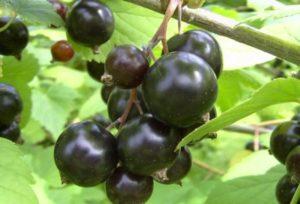
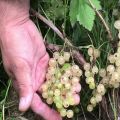
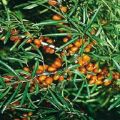
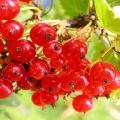
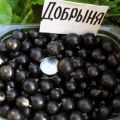
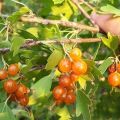
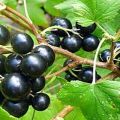
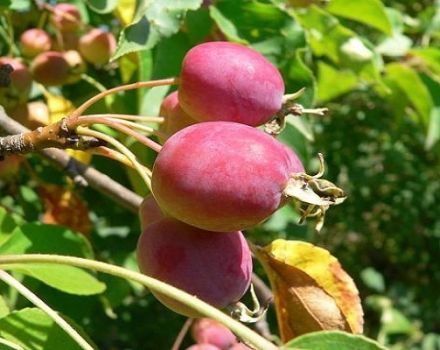
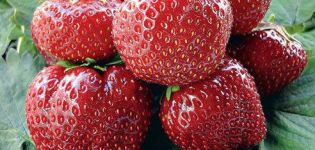
The berries of this currant variety are quite large, I did not regret that I began to grow this particular variety. It can be used for preservation or eaten fresh. I recommend carefully treating the bushes from parasites.